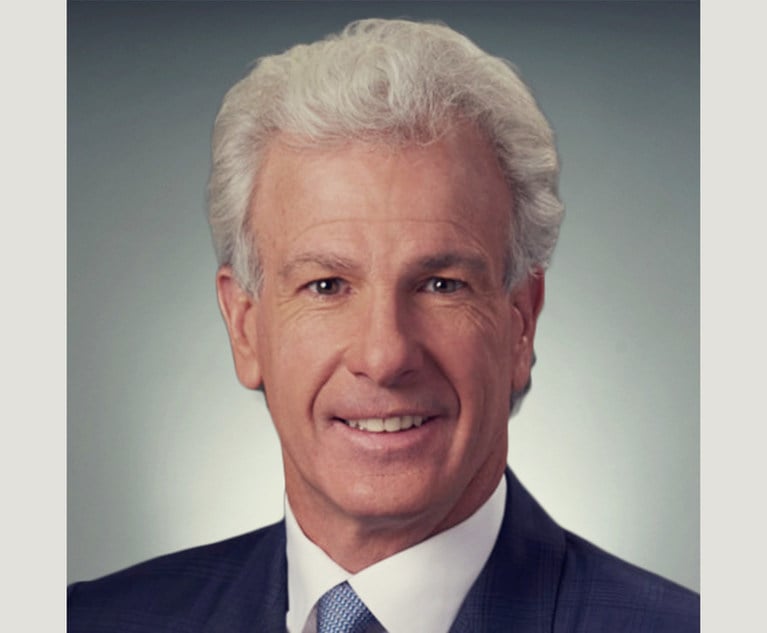On June 30, the U.S. Supreme Court issued its opinion in West Virginia v. EPA. The court held that the U.S. Environmental Protection Agency (EPA) exceeded its rulemaking authority under Section 111(d) of the Clean Air Act in promulgating the 2015 Clean Power Plan (CPP). The majority found that the term “best system of emission reduction” does not include a regulatory scheme that requires shifting power generation from coal to natural gas and renewable or other zero-emitting sources. While a narrow holding, this decision will impact the Biden administration’s coming regulations regarding power plants and many future rulemakings as well.
Background
Section 111 of the Clean Air Act directs the EPA to list categories of stationary sources that it determines cause or contribute significantly to air pollution. For each of these categories, the agency must promulgate standards of performance for new or modified sources under Section 111(b). A standard of performance is defined as: a standard for emissions of air pollutants which reflects the degree of emission limitation achievable through the application of the best system of emission reduction which (taking into account the cost of achieving such reduction and any nonair quality health and environmental impact and energy requirements) the [EPA] Administrator determines has been adequately demonstrated.


 (L-R)Gina N. Falaschi and Marley R. Kimelman of Babst Calland Clements & Zomnir. Courtesy photos
(L-R)Gina N. Falaschi and Marley R. Kimelman of Babst Calland Clements & Zomnir. Courtesy photos




